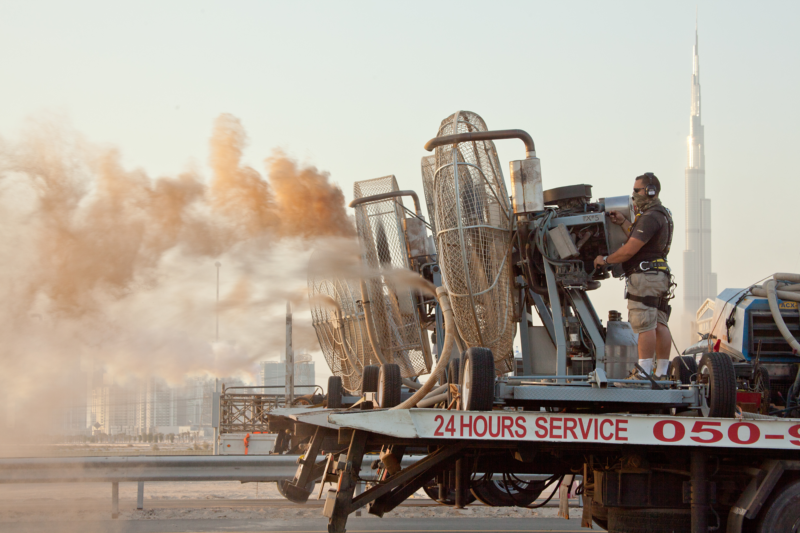I started talking more to productions, and working closer with them, including working closely with the team at Paramount on Mission. It was great to work together to find ways where we could help the production reduce waste more efficiently.
It was easy for us because we were already offering this service to our clients in the corporate and financial sectors. They were committed to reusing, repurposing and donating their office equipment, furnishings and products. And we’d been helping them do this for years.
This was particularly true of the financial sector. Because of the negative reputation of banks they have spent a long time trying to build and enhance good practices, and this includes focusing on sustainability and sharing. They need to boost their reputation of being a sustainable industry.
It seemed like the film and TV industry, despite it being cutting edge with technology – was behind in terms of sustainability and reducing waste. Film and TV often enjoys positive publicity so perhaps the same incentive wasn’t there. But it’s clear that over the past few years things are now changing for the industry, and for the better. All the studios that we are dealing with now – their number one priority for assets is to avoid waste. All our discussions have been around sustainability – and that is really great news.
We are in the process of developing our software in line with what productions need and it’s an exciting time to be a part of the sustainability movement working so closely with the studios, and particularly Paramount.”
To find out more about CAMA and the services they offer, visit their website at cama.co.uk

